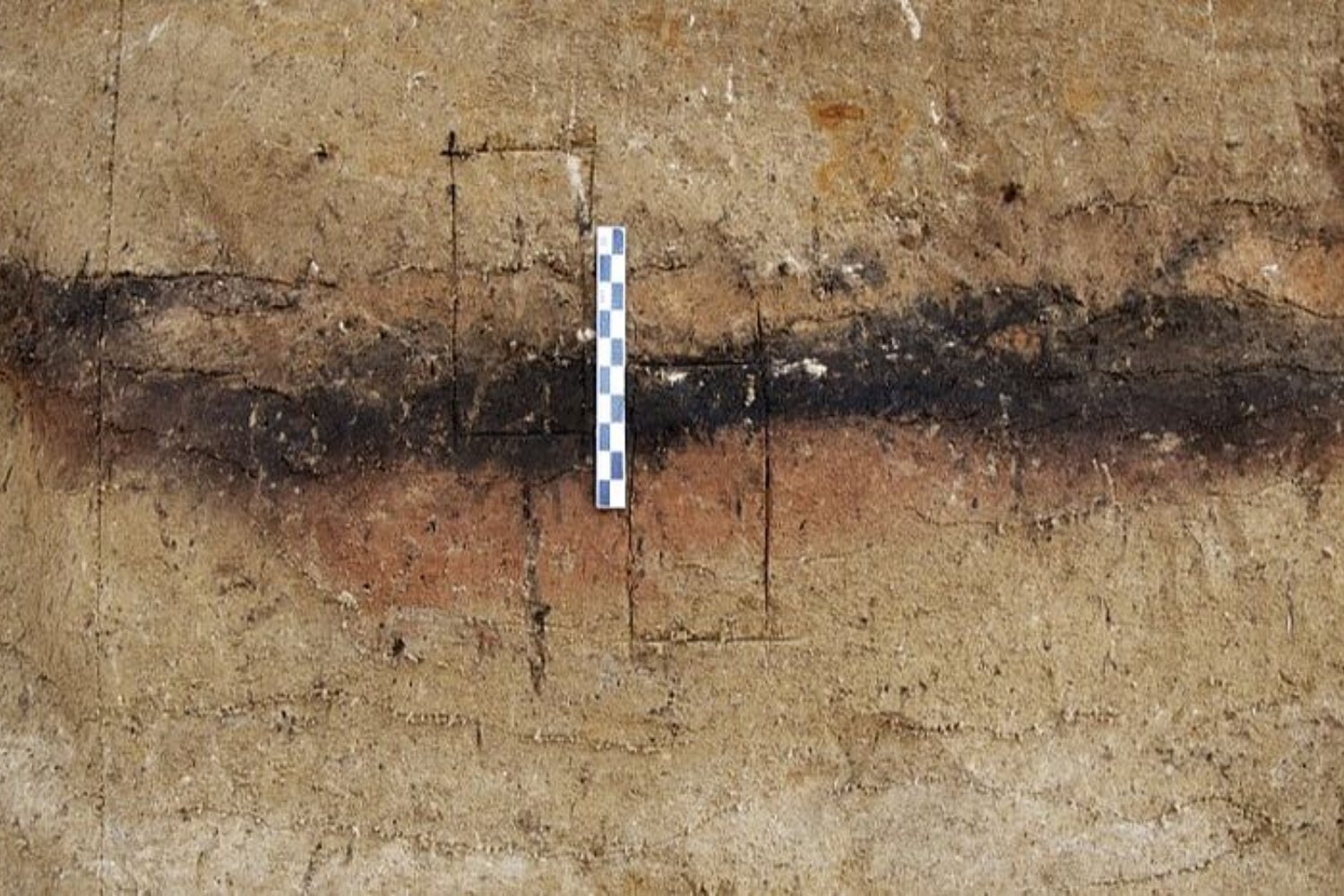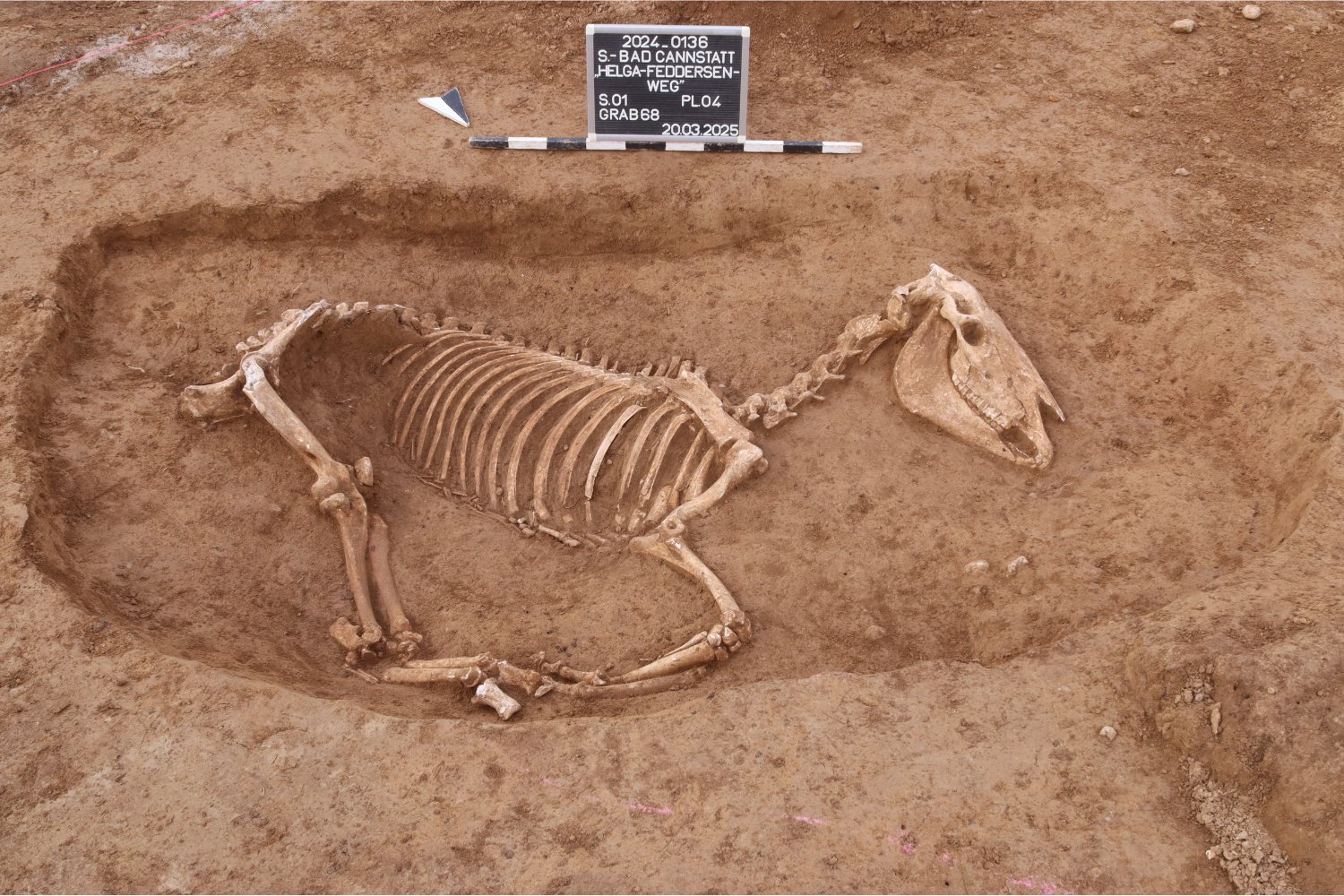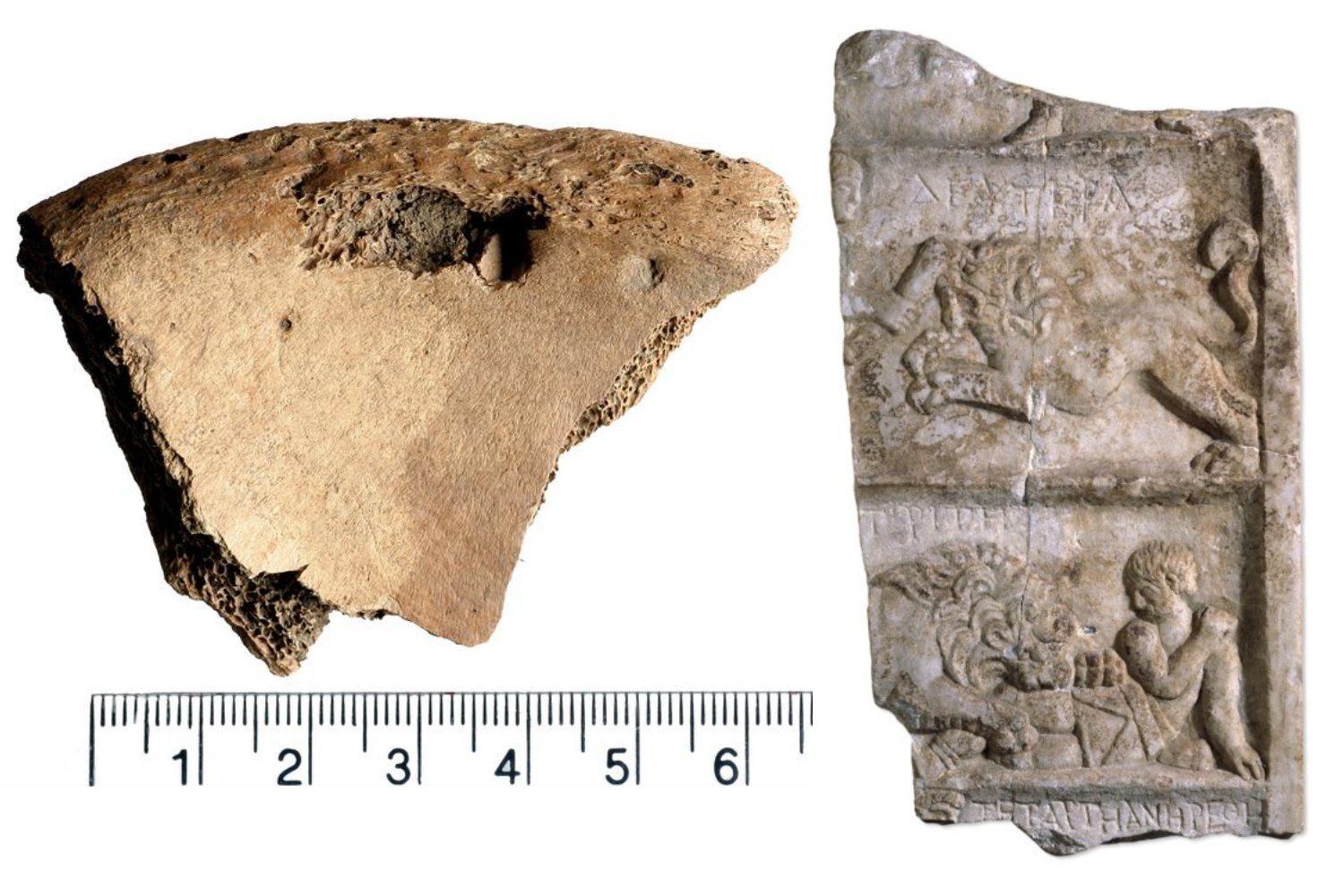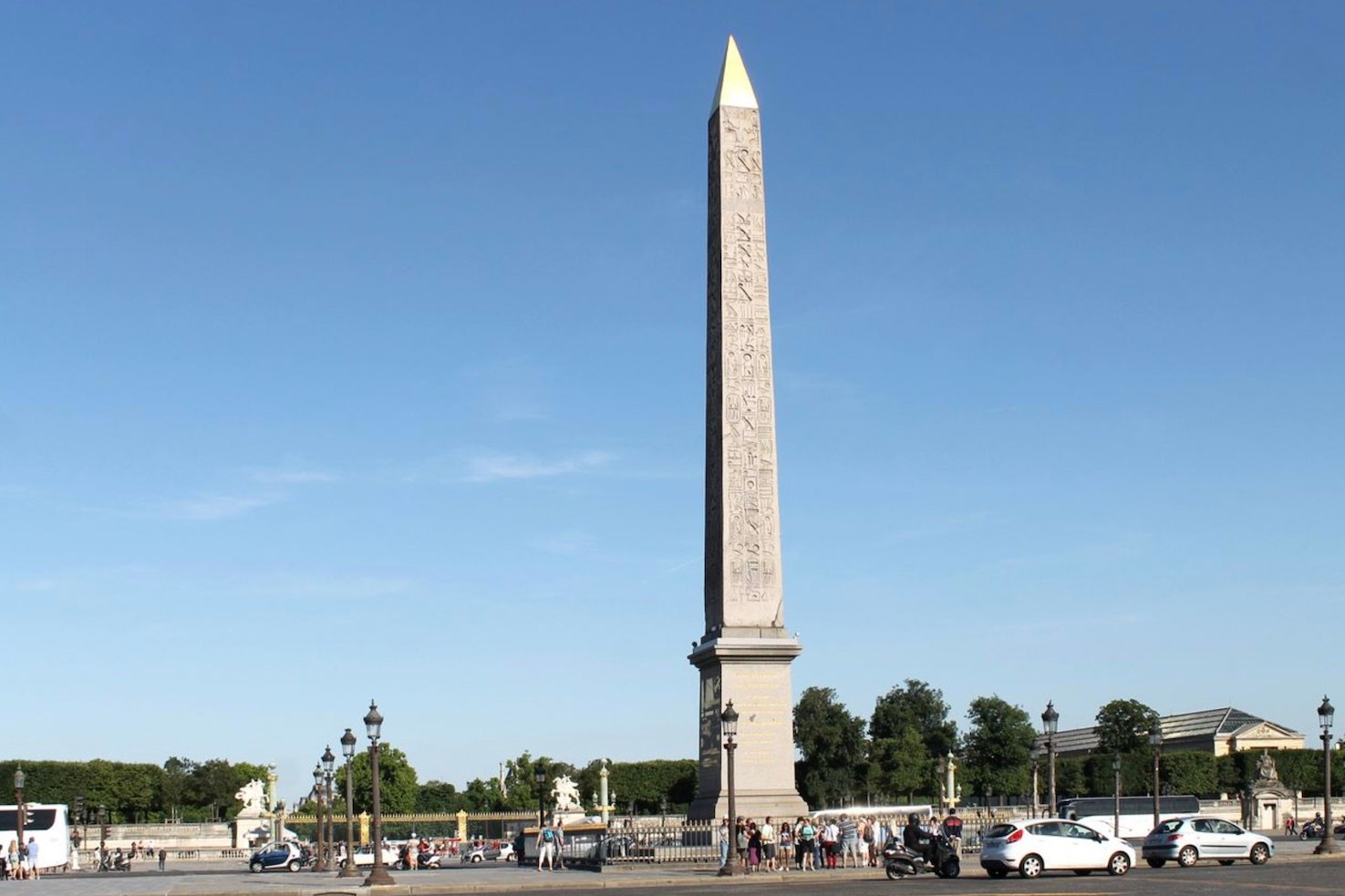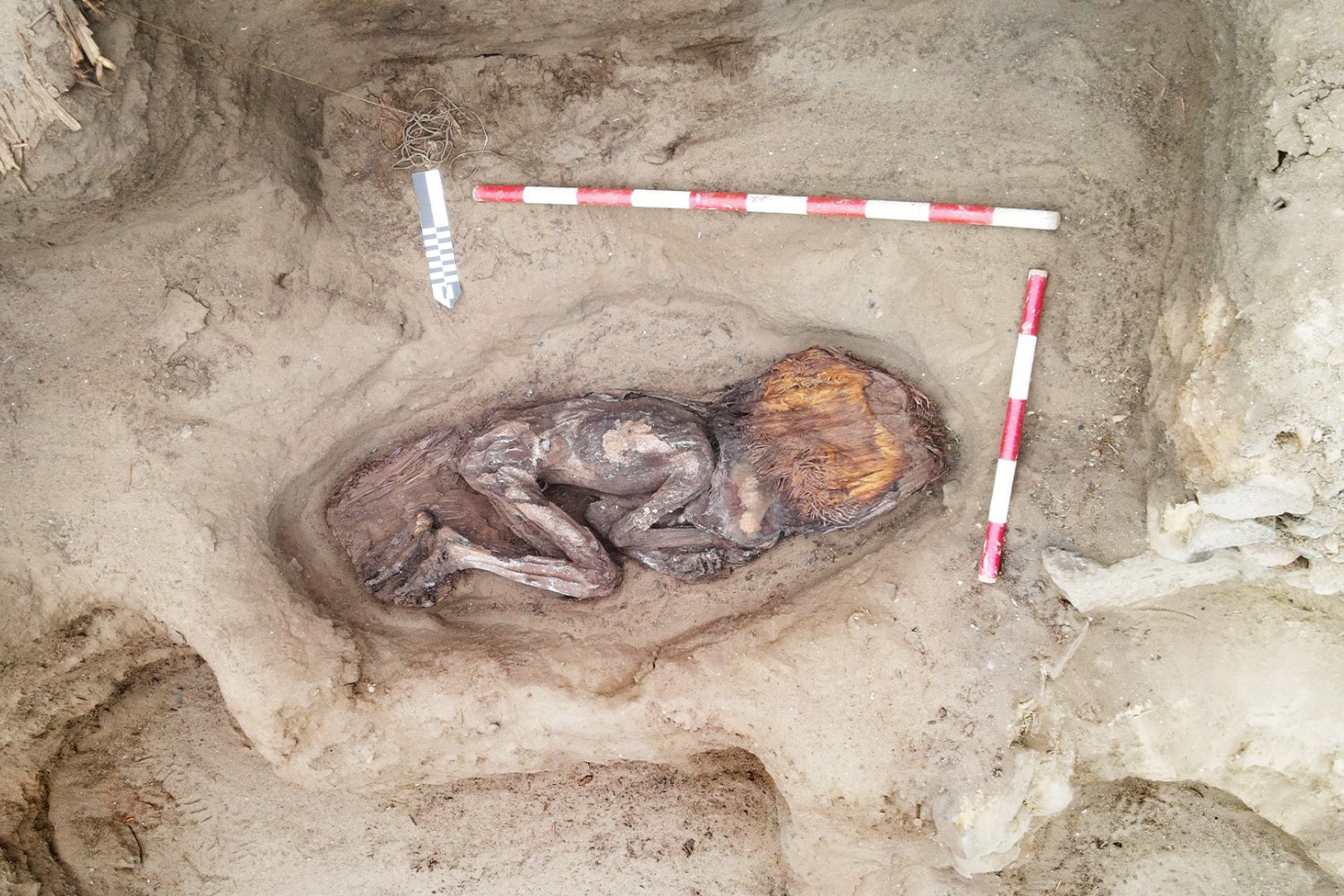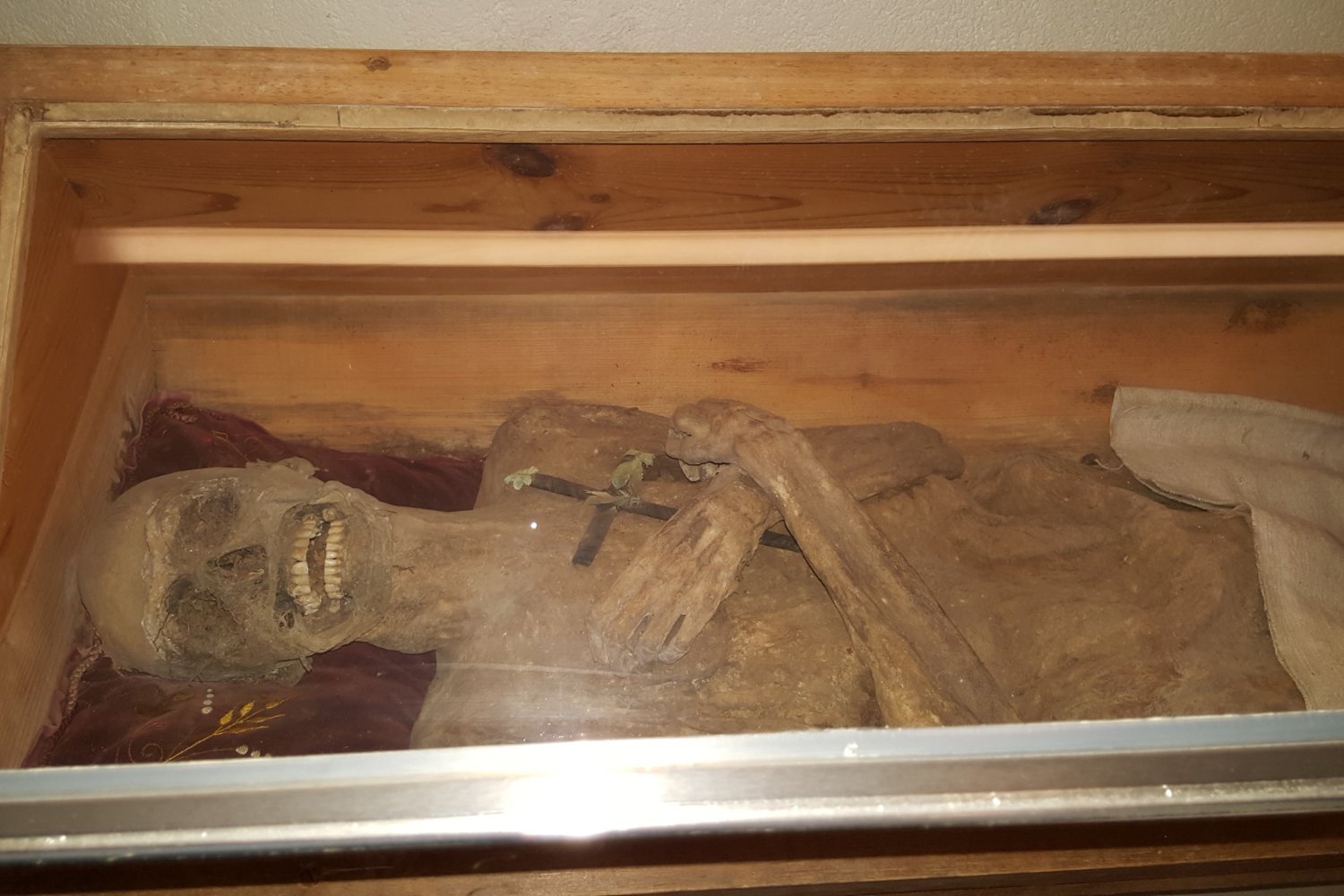The fall of the Western Roman Empire in 476 CE is often considered the end of classical antiquity. While historians debate the exact causes, factors like political instability, Germanic migrations, and the rise of Christianity are often cited. New research suggests another contributing factor: the Late Antique Little Ice Age (LALIA), a period of intense cooling beginning around 540 CE. This article explores how this climatic shift may have further destabilized the already weakening Roman Empire.
Greenlandic Rocks Reveal a Chilling Tale
A recent study published in Geology unveils compelling evidence of the LALIA’s impact. Researchers discovered rocks in Iceland bearing a geological fingerprint that traces their origin back to Greenland. These “out-of-place” rocks, analyzed by a team of scientists including Tom Gernon from the University of Southampton and Christopher Spencer from Queen’s University, tell a story of glacial transport across the Denmark Strait.
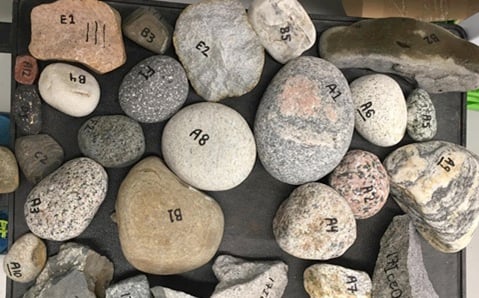 Cobbles Credit Dr Christopher Spencer Web
Cobbles Credit Dr Christopher Spencer Web
By crushing the rocks and analyzing the zircon crystals within, the researchers were able to pinpoint the rocks’ age and origin. Zircon crystals act as “time capsules,” preserving information about their formation and composition. This analysis revealed that the rocks originated from various regions of Greenland, indicating they were likely transported by icebergs during a period of significant glacial activity.
Ice-Rafting and the Bond 1 Event
The arrival of these Greenlandic rocks in Iceland coincides with the Bond 1 event, a period of intense ice-rafting in the seventh century CE. Ice-rafting occurs when large chunks of ice break away from glaciers, carrying embedded debris across the ocean before melting and depositing their cargo on distant shores. The presence of Greenlandic rocks in Iceland provides direct evidence of this process during the LALIA.
LALIA: A Catalyst for Change
While the fall of Rome officially occurred in 476 CE, the empire’s decline was a gradual process spanning centuries. The LALIA, though beginning after this symbolic date, likely exacerbated the already precarious situation. Climate scientists believe the LALIA was triggered by volcanic eruptions that obscured the sun and caused temperatures to plummet. These colder conditions likely contributed to agricultural failures, disease spread, and mass migrations, adding to the societal and political turmoil already plaguing the empire.
A Complex Interplay of Factors
The decline of the Roman Empire was a complex phenomenon influenced by a multitude of factors. While 476 CE marks the overthrow of the last western Roman emperor, Romulus Augustulus, by the German chieftain Odoacer, Roman influence persisted for some time. The LALIA, with its dramatic climate shift, likely dealt a significant blow to the already weakened empire, adding to the challenges it faced.
A Lesson from History
This new research provides a compelling look at how abrupt climate change can disrupt even the most powerful civilizations. The LALIA serves as a reminder of the interconnectedness of climate and human history, and the potential for environmental factors to contribute to societal upheaval.




